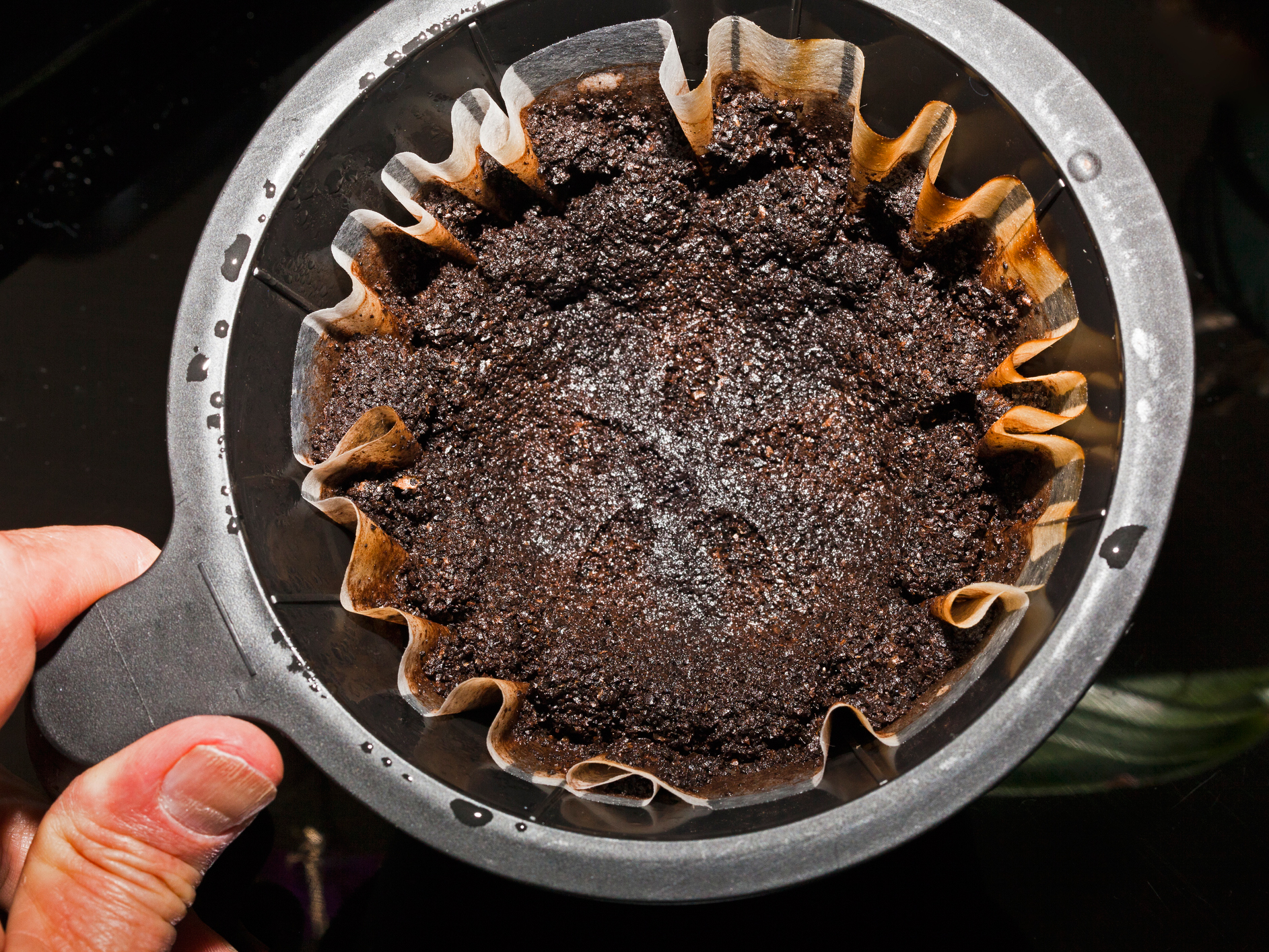Get Easy Health Digest™ in your inbox and don’t miss a thing when you subscribe today. Plus, get the free bonus report, Mother Nature’s Tips, Tricks and Remedies for Cholesterol, Blood Pressure & Blood Sugar as my way of saying welcome to the community!
The ‘coffee treatment’ for rosacea

For over 500 years, people have been enjoying the unique pleasures of a cup of coffee.
Believe it or not, this beverage that is now a necessity in many of our lives was almost banned several times in history.
When coffee arrived in Europe in the 16th century, the church wanted to ban it and called it “Satanic.” Fortunately, the Pope loved it, and coffeehouses started spreading throughout Europe.
In modern Sweden, there’s an afternoon ritual known as “fika,” a coffee break where friends, family, and co-workers gather to socialize, munch on pastries and, of course, drink coffee.
This ritual most likely began in rebellion against the many attempts to ban coffee throughout the country’s history.
Today, coffee is no less controversial. Some people swear it is bad for you in every way and have, with difficulty, eliminated it from their diet.
But research is pointing more and more to the health benefits of this indulgence of ours. In fact, just recently, we’ve found out that the caffeine in our morning cup is a treatment for a distressing skin condition that has no cure.
What is rosacea?
If you or someone you know constantly has that ruddy, red-cheeked look, even when they’re indoors and sitting still, regardless of what season it is — it’s probably a case of rosacea.
A person with rosacea has pink or red discoloration of the cheeks, and often of the chin, ears, neck, nose, or even the entire face. Small bumps that look like acne also appear.
If you look closely at a person with the condition, you’ll see tiny blood vessels just under the surface of the skin, as well as flaking, dry, irritated skin.
The cause isn’t really known, but experts believe it has something to do with a compromised immune system. Autoimmune diseases like type 1 diabetes and multiple sclerosis often occur together with rosacea.
A recent Danish study found that rosacea often occurs together with gut-related diseases like celiac disease and Crohn’s disease. While we can’t say that one causes the other, this finding really isn’t surprising. Our gut microbiome plays a part in almost everything that ails us.
Treatments for rosacea
Topical medications and antibiotics can help manage the symptoms of rosacea. Not surprisingly, these medications come with side effects.
The topical gel Brimonidine is used to tighten blood vessels in the skin. Ironically, one of the first side effects of the treatment is redness and skin irritation, followed by headaches, runny nose, and nasal congestion.
The same is true with azelaic acid, a topical gel and foam. And the antibiotic Flagyl, used to kill bacteria thought to cause rosacea, can cause nausea, abdominal cramps, diarrhea, and headache.
Drinking coffee could prevent rosacea
A lot of the information out there says that coffee is bad for rosacea. However, recent studies have reversed that opinion. In fact, getting your caffeine from coffee (not chocolate or other sources) could prevent it and ease its symptoms.
A recent study published in the journal Dermatology analyzed information from surveys given to 83,000 women over ten years, as part of the Nurses’ Health Study. Here are the findings:
- Women who drank four or more cups of coffee per day were significantly less likely to develop rosacea than those who drank little or no coffee
- Women drinking less than four cups per day were also less likely to have rosacea, but the beneficial effect was less
- Drinking decaf coffee did not lower the risk
- Caffeine from chocolate or tea had no effect on risk
Other natural ways to treat and rosacea
Certain things are known to trigger rosacea symptoms:
- Too much sun exposure
- Extreme temperatures, either hot or cold
- Wind
- Stress
- Intense exercise
- Alcohol
- Hot or spicy foods
On the other hand, there are some natural ways to ease symptoms, without the risk of side effects:
- Use sunscreen whenever going outdoors
- Choose fragrance-free face wash and makeup
- Burdock root decreases the inflammation of acne and has been used to calm rosacea
- Comfrey – an herb that contains allantoin, a natural ingredient that repairs, hydrates and soothes skin. It also reduces free radical activity that causes inflammation.
My colleague, Dr. Michael Cutler, shares his insight into cosmeceuticals, natural healing ingredients that can ease the symptoms and discomfort of rosacea.
Sources:
- Coffee may help your skin stay healthy — Harvard Health Blog
- Association of Caffeine Intake and Caffeinated Coffee Consumption With Risk of Incident Rosacea In Women — JAMA Dermatology
- Home Remedies for Rosacea — Healthline
- Update on the management of rosacea — Clinical, Cosmetic and Investigational Dermatology
- Medicinal Plants for the Treatment of Acne Vulgaris: A Review of Recent Evidences — Jundishapur Journal of Microbiology













